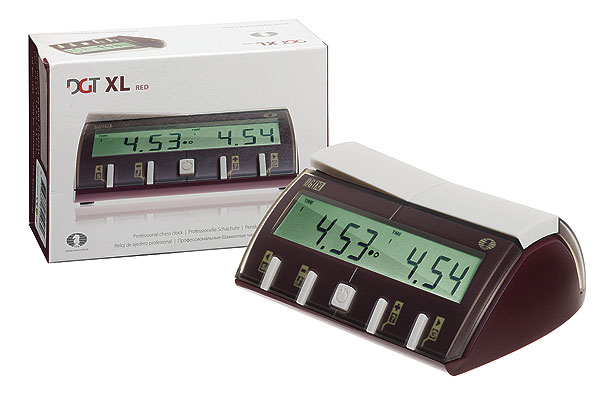Using Fischer timing

At the SCCA AGM on 3 September, the Committee will propose the optional use of Fischer timing in all standard-play games. Why, and what are the advantages?
There are a number of good reasons for using Fischer timing, but first, what is it and how would it be used?
At present we require 30 moves to be played in 75 minutes, followed by a 15-minutes quick-play finish. Fischer timing would remove the quick-play finish element. Games would start with the same stock of 75 minutes but instead of the extra 15 minutes, clocks would be pre-set so that 10 seconds is added to your time whenever you press your clock.

This means that almost all games will finish within three hours, because you will need to make 90 moves before you have used up an hour and a half of your own time. Very few games exceed 90 moves; even a 120-move game would only take an extra 10 minutes (5 minutes each).
There are a number of benefits of using Fischer timing:
* At present, when analogue clocks are used, the clocks have to be stopped and manually corrected to add 15 minutes to each player’s time. This can be disruptive to the thought process.
* When digital clocks are used, inexperienced players can become confused as to whether or not the extra 15 minutes have been added. Fischer timing will avoid this confusion, as what you see on your clock is the amount of time you have remaining for the game (subject to an extra 10 seconds being added for each move).
* Perhaps most importantly, FIDE Rule 10.2 (the ‘two-minute rule’) is no longer applicable. In League play, claiming a draw in the last two minutes of the game can be problematic. The League’s rules allow for captains to act as ‘joint arbiters’, but in many cases the captains are either still playing, or are not fully aware of the rule.
So, provided you can make a move within 10 seconds, you should never lose on time.
Using Fischer timing will be optional, and only at those clubs where the appropriate digital timers are available. Some clubs, such as Bury St Edmunds (who have 16 digitals) could bring some to an away match if requested.
The Committee would like to see Fischer timing used, and hope that the AGM will support the proposal.
Hi Bob,
Stowmarket's AGM voted to remain analogue prior to your article, I was amongst those who did not want to change and indeed we voted to buy new analogue clocks.
The proposed use of Fischer time system that does away with any uncertainty about time remaining has resulted in a change of heart both personally and within the club.
The decision to buy new analogue clocks has been reversed given that a particular type of clock has been "approved" and I believe Franceys Allen our secretary has ordered 4 to be part of the bulk purchase organised for Suffolk.
Not content with that I sought my own clock on the Internet so I could get familiar with its settings and operations prior to the start of the chess season. My wife ,an ardent e-bayer, bought one for just £39.00 brand new but with a nasty sting of £35 P&P!
Oh well that issue is now resolved and I look forwad to a digital season, I only wish my brain could be digital then I could run Fritz or Houdini and actully play decent chess!
Regards
David
Hi Bob,
Many of the advantages you quote for Fischer timing could also be gained by simply adopting a single, non-incremental, time control of all moves in 90 minutes, which I think Vicky previously once raised, so isn't it a good time to consider that too – because that has similar appeal AND can be equally applied to digital and analogue clocks. (rather than being a separate digital option)
On analogue clocks, this of course also gets rid of the breaking off to "fiddle about".
On electronic clocks it additionally avoids the situation that can occur If players omit pressing the clock for one or more moves, or if players gave an extra press, such as an initial "check it works", or to taking back an illegal move.
By miss-counting the 30 moves in the dual time control, this can cause the move-number-triggered type of digital clock to prematurely flash and stop, falsely indicating that the game is over because the first time control was not met, then needing an "expert" to do the resetting. Displayed time with a single Fisher increment would also be affected, and not so easy to reset.
As for the problematic rule 10.2 – is it not within the power of the league to simply not adopt this because it needs an arbiter.
Then tail need not wag dog – i.e. you don't need to let this be a main influence in your choice of time control.
If not comfortable with that, compare it to the nominal 90 min single time control but add a 0.01 second Fisher increment!
A final consideration for clubs investing in digital clocks;- Are 34 modes needed when at least 30 will be unused?
Some cheaper models are quite adequate for both Fisher and single time controls – but some do not support the present double time control. So a decision to keep/drop the present time control could determine how many clocks a fixed club budget might buy!
Melvin